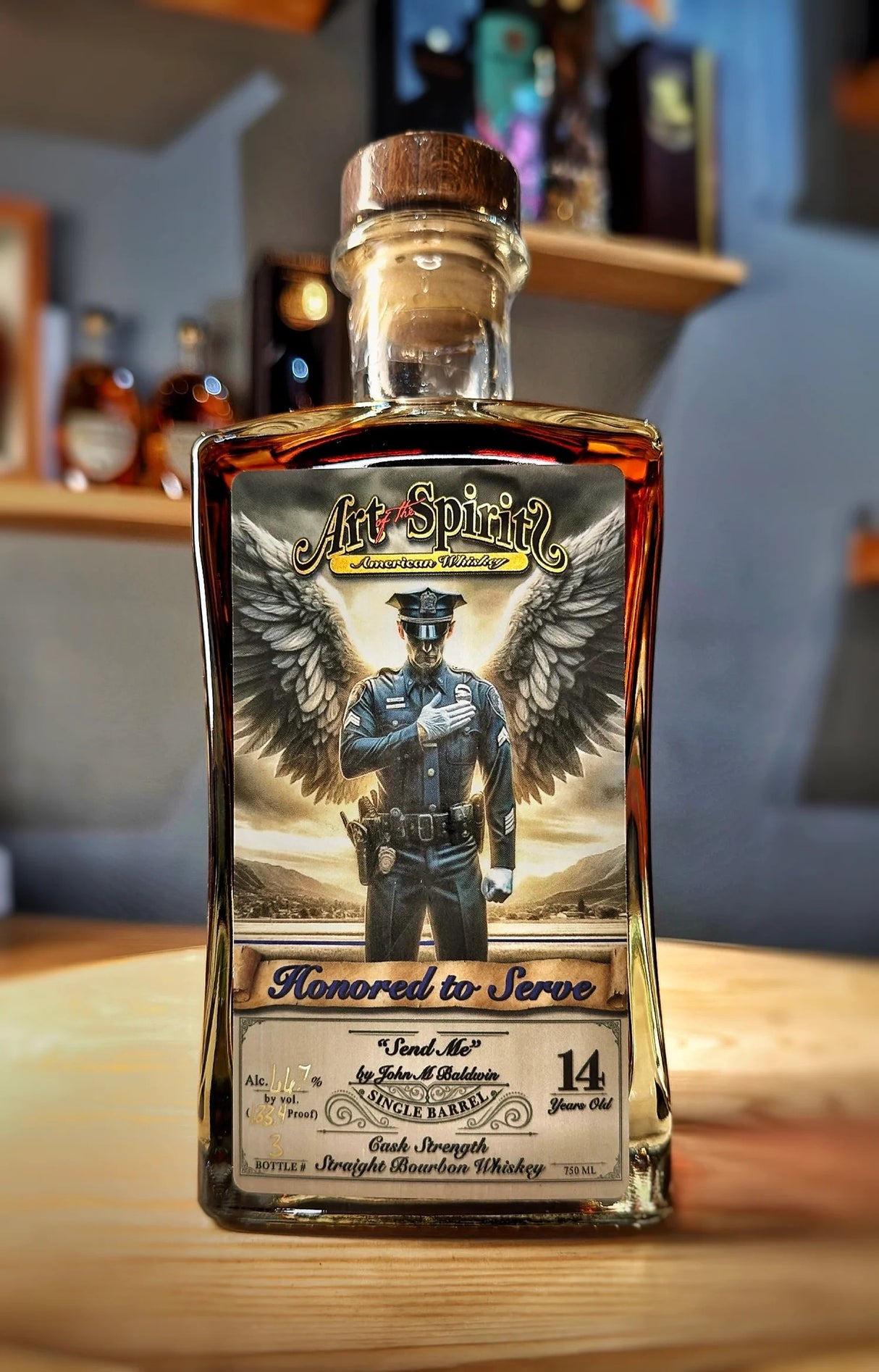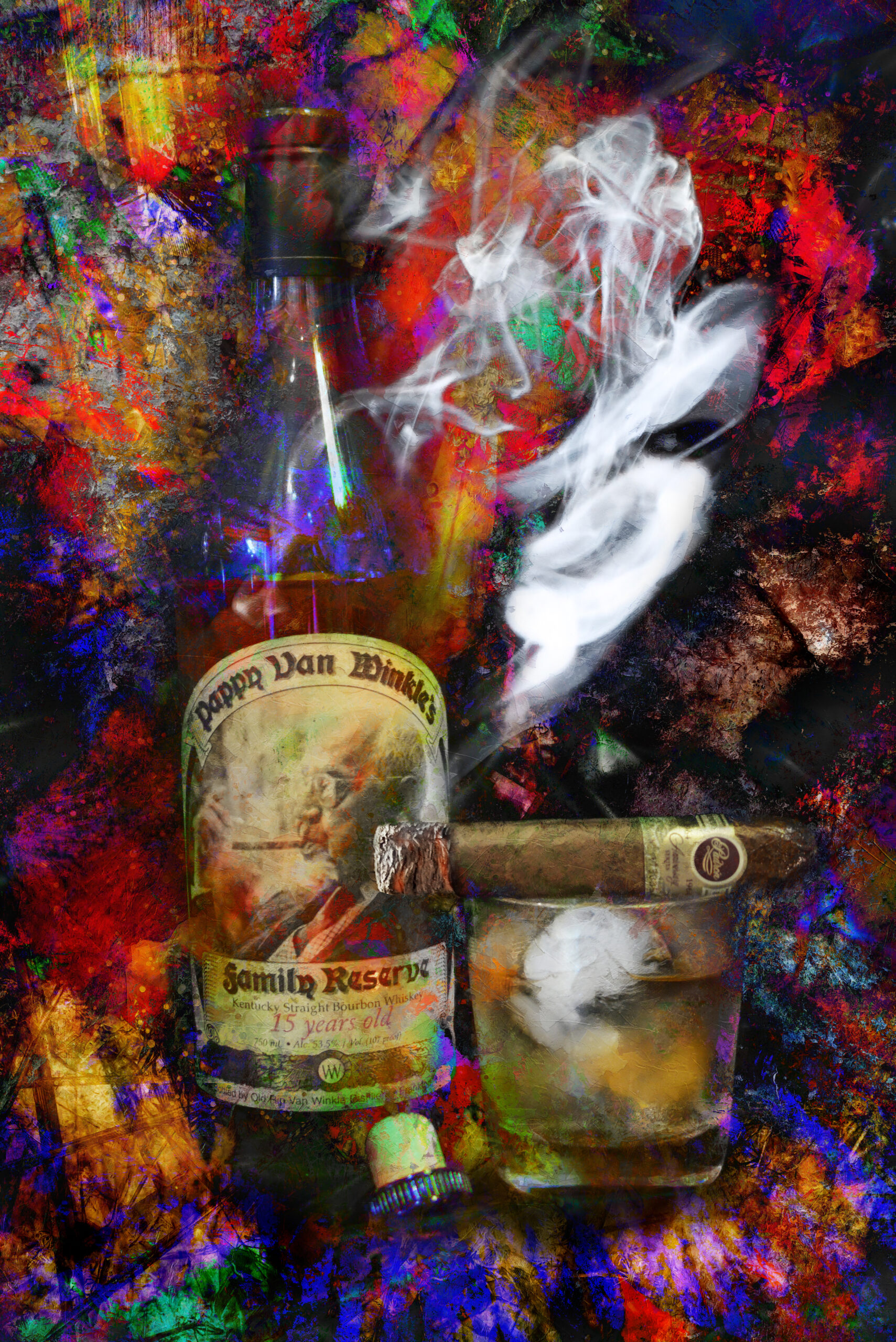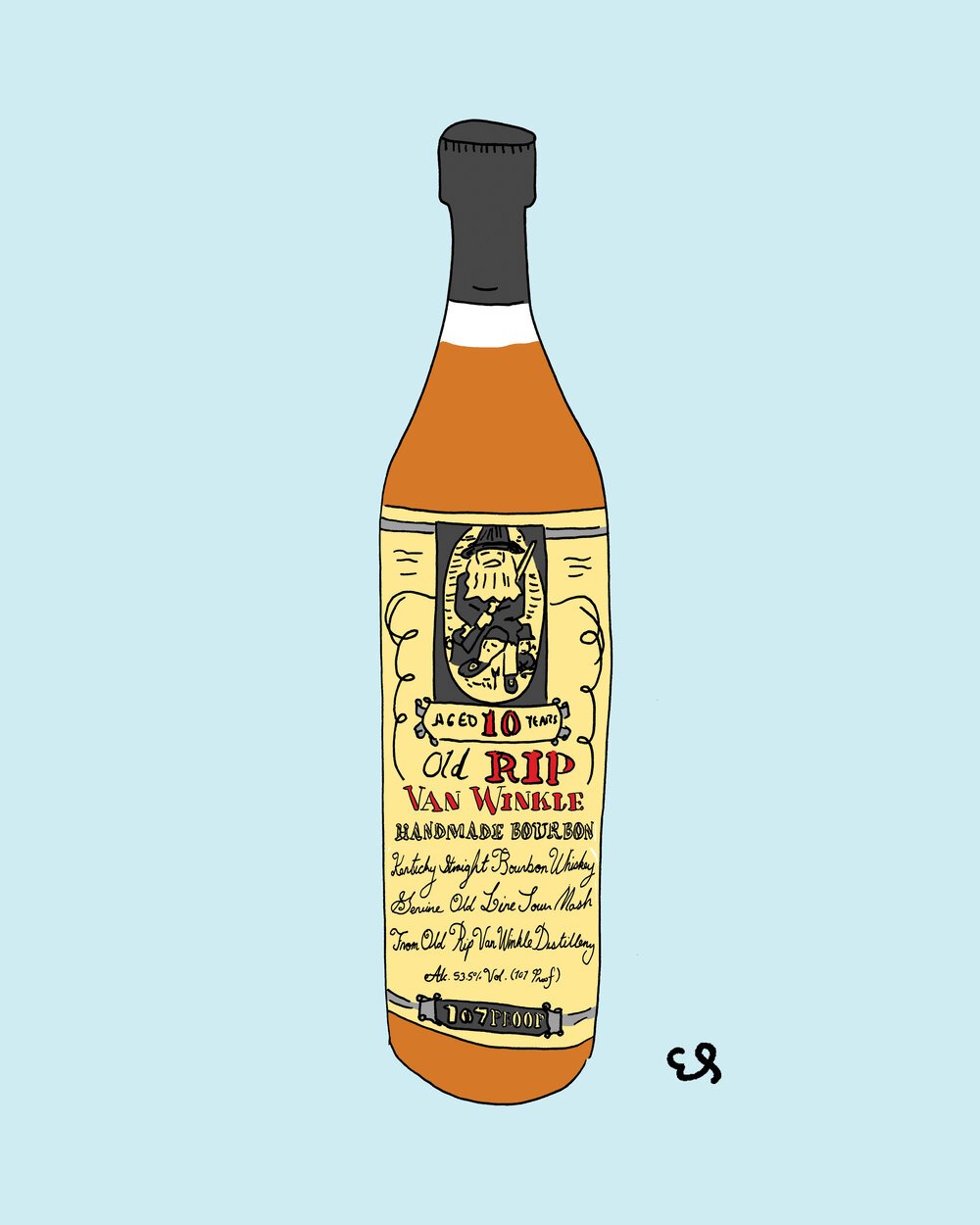Bourbon Art in Contemporary Society: Where Practice Meets Development
Bourbon Art in Contemporary Society: Where Practice Meets Development
Blog Article
The Importance of Whiskey Art in Celebrating Heritage and Workmanship in the Beverage Sector
The detailed connection between bourbon art and the event of heritage and craftsmanship within the drink sector can not be overstated. Via thoughtfully designed tags and bottles, scotch brand names encapsulate their historical origins and the artisanal skills that specify their production techniques.
The Historical Roots of Whiskey
At the heart of whiskey's attraction exists an abundant tapestry of historical origins that trace back to ancient human beings. The origins of bourbon can be linked to the distillation techniques of the Sumerians and Babylonians around 2000 BCE, where early kinds of fermented grain beverages began to arise. It was in the Middle Ages that the art of distillation evolved considerably, particularly in Ireland and Scotland, leading to the creation of scotch as we know it today.
The term "scotch" itself stems from the Gaelic word "uisce beatha," implying "water of life." This expression underscores the social relevance of whiskey in Celtic societies, where it was commonly related to rituals, celebrations, and communal bonding. By the 15th century, distillation came to be an identified craft within monastic communities, leading the way for the establishment of legal distilleries.
As trade routes broadened, scotch's popularity grew, transcending regional boundaries and capturing the rate of interest of lovers worldwide. Limited Edition. This historic trip reflects not only the craftsmanship behind bourbon manufacturing yet additionally its integral duty in social and social contexts, noting it as a substantial drink throughout background
Artistic Expression in Branding
Scotch branding stands as a compelling intersection of artistry and business, where aesthetic identification plays a vital function in shaping consumer perception. The looks of scotch labels, packaging, and advertising and marketing products show not only the brand name's tale however likewise its core values and heritage. Via imaginative expression, distilleries communicate a narrative that reverberates with customers, evoking feelings and stimulating connections.
The use of shade, typography, and images in branding serves to separate products in a saturated market. Traditional themes might evoke a feeling of authenticity and workmanship, while modern styles can signify advancement and forward-thinking. This strategic creative instructions boosts brand acknowledgment and loyalty, enabling customers to forge a personal partnership with the whiskey they select.
In addition, artistic expression in branding usually serves as a celebration of regional heritage. Distilleries regularly include local signs or historic references into their styles, developing a local color that invites consumers to take part in a more comprehensive cultural experience. Eventually, the creativity behind bourbon branding not just enhances aesthetic charm but likewise enhances the total story of the brand, cultivating a much deeper admiration for the workmanship and heritage ingrained in each bottle.
Workmanship in Bottle Design
The creativity noticeable in bourbon branding extends past aesthetic identity to encompass the craftsmanship associated with bottle layout. Each bottle works as a vessel not just for the spirit within, but additionally for the story it informs regarding its high quality, beginning, and custom. The layout procedure calls for thorough interest to detail, as elements such as shape, product, and closure add substantially to the overall understanding of the scotch.
Workmanship in bottle layout involves selecting premium glass that can enhance the bourbon's shade and clearness, while likewise providing a tactile experience for the customer. The silhouette of the container need to be both cosmetically appealing and useful, frequently reflecting the heritage of the brand name. Numerous distilleries select unique forms or embossed logo designs that stimulate a feeling of authenticity and history.
Furthermore, the label layout and typography play a crucial duty in connecting the brand's narrative. Realism Art. A well-crafted container not just captivates the customer's Full Report eye yet likewise reinforces the brand's dedication to top quality and tradition. By doing this, the craftsmanship of container design comes to be an essential element of the whiskey experience, combining artistry with an extensive regard for heritage
Social Importance of Scotch Art
Celebrating tradition and craftsmanship, the cultural relevance of whiskey art transcends plain aesthetics, intertwining with the social and historic narratives of the areas from which it comes from. Each container acts as a canvas, portraying the one-of-a-kind stories, folklore, and customs that have actually formed local whiskey-making methods. The detailed designs typically mirror the heritage of the distillers, incorporating symbols and themes that reverberate with the society and worths of their areas.

On top of that, scotch art plays an essential role in public gatherings and events, functioning as a tangible web link between people and their shared experiences. By valuing the virtuosity in bourbon packaging, customers grow a deeper understanding and respect for the craft, ultimately enriching their pleasure of the beverage itself.
Modern Trends in Scotch Discussion
Recently, the discussion of whiskey has actually advanced to link reflect contemporary preferences and fads while still honoring conventional workmanship - Bourbon Art. Distilleries are increasingly concentrating on visual elements that improve the general alcohol consumption experience, linking the gap between heritage and modernity
Ingenious container styles have actually arised, often integrating lasting materials and artistic labels that tell compelling stories. Numerous brand names currently work together with neighborhood musicians, instilling their items with unique visual expressions that resonate with consumers. Additionally, limited-edition releases are frequently packaged in collectible containers, adding value and appeal for connoisseurs.

Conclusion
To conclude, bourbon art works as a vital conduit for sharing the heritage and workmanship inherent in the beverage market. With complex branding, cutting-edge container layouts, and culturally significant artistic elements, whiskey brands properly honor their customs and attach with consumers. This artistic narrative not only elevates the gratitude of scotch however likewise strengthens neighborhood identity and satisfaction amongst manufacturers. Inevitably, bourbon art plays a crucial duty in preserving and commemorating the abundant cultural tapestry of whiskey-making.


Craftsmanship in container design includes picking high-quality glass that can boost the whiskey's color and clearness, while additionally offering a responsive experience for the consumer. In this means, the workmanship of bottle style comes to be a vital facet of the scotch experience, merging creativity with an extensive regard for heritage.
In verdict, scotch art offers as a crucial conduit for sharing the heritage and craftsmanship inherent in the drink industry.
Report this page